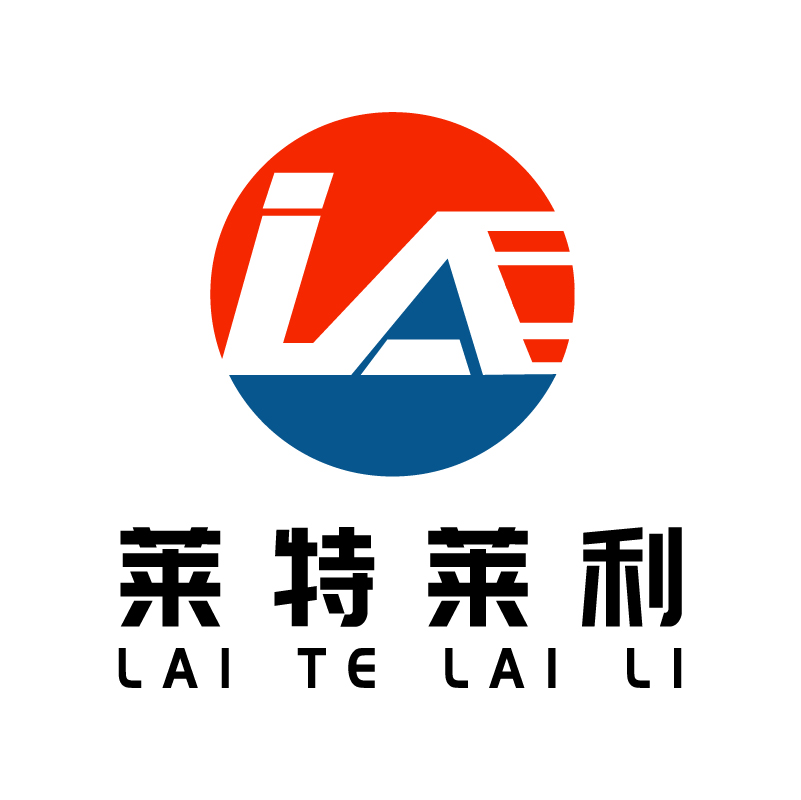What are the challenges in the application of PET dumb silver thermal labels in cold chain logistics?
The application of PET dumb silver thermal labels in cold chain logistics is facing many challenges, which can mainly be summarized as follows:
First, environmental adaptability challenges
1.Temperature fluctuations: In cold chain logistics, temperature control is key. PET matte silver thermal labels need to be able to maintain their performance over a wide temperature range, including low temperature environments. However, extreme temperature changes can affect the stickiness and readability of the label, and even cause the label to fall off or the information to be blurred.
2.Humidity impact: In cold chain logistics, especially in refrigerated and frozen environments, humidity is high. PET matte silver thermal labels need to have good waterproof and moisture-proof properties to prevent the label from deforming, falling off, or fuzzy information due to water absorption.
Second, physical durability challenges
1.Mechanical stress: During the transportation and storage of cold chain logistics, items may experience mechanical stress such as vibration and extrusion. PET matte silver thermal labels need to be able to withstand these stresses without damage, maintaining the integrity and readability of the label.
2.Chemical resistance: Cold chain logistics may be exposed to various chemicals, such as cleaners, disinfectants, etc. PET matte silver thermal labels need to have good chemical resistance to prevent the label from being corroded by chemicals and resulting in information loss.
Third, Label performance challenges
1.Readability: In cold chain logistics, the readability of labels is crucial. PET matte silver thermal labels need to ensure that they can maintain a clear and accurate printing effect under various environmental conditions in order to quickly and accurately identify item information.
2.Durability: Items in cold chain logistics may need to be stored and transported for a long time, so PET matte silver thermal labels need to have a long service life and be able to maintain their performance throughout the logistics process.
Fourth, Technology application challenges
1.Integration difficulty: When the PET matte silver thermal label is integrated with the cold chain logistics system, problems such as technical compatibility and interface matching may be encountered. This requires the development of specialized software and hardware to ensure that the label can be seamlessly integrated with the system.
2.Cost considerations: The cost of high-quality, high-performance PET dumb silver thermal labels is relatively high, which may increase the operating costs of cold chain logistics enterprises. Therefore, the balance between cost effectiveness and label performance needs to be considered comprehensively in practical applications.
Fifth,Policy and standards challenges
1.Policy compliance: The cold chain logistics industry is subject to strict policy supervision, including food safety law, drug administration law, etc. PET dumb silver thermal labels need to meet the requirements of relevant policies and regulations to ensure the legality and compliance of the labels.
2.Standardization issues: At present, the label standards in the cold chain logistics industry have not been unified, and different companies may use different label specifications and formats. This can lead to difficulties in exchanging and sharing information. Therefore, promoting label standardization is one of the keys to improving the efficiency and quality of cold chain logistics.
In summary, the application of PET dumb silver thermal labels in cold chain logistics faces many challenges such as environmental adaptability, physical durability, label performance, technical application, and policies and standards. In order to overcome these challenges, it is necessary to continuously improve label materials and technologies, strengthen the integration and standardization of labels with cold chain logistics systems, and pay attention to policy dynamics and market changes.


